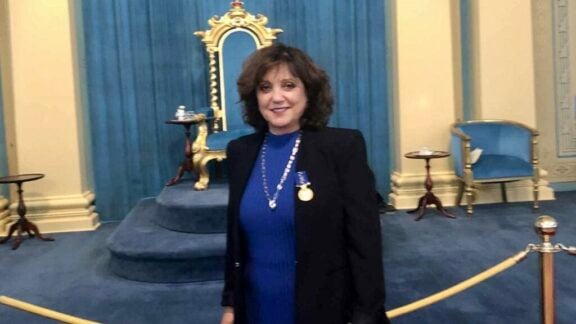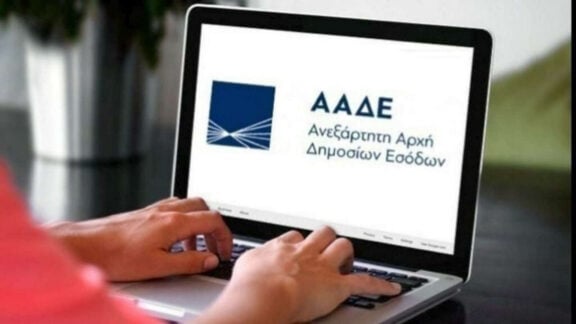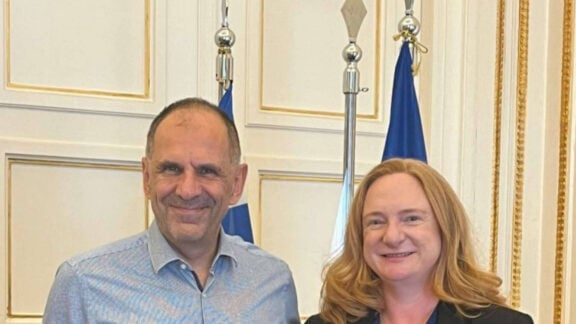Australia’s central bank remains alert to the possibility of a rapid lift in the unemployment rate, a more likely scenario if businesses have been hoarding workers.
The most likely scenario remains a gradual weakening in the labour market before it starts stabilising in 2026, the minutes from the Reserve Bank of Australia’s August meeting reveal.
Yet board members discussed the chance of a sharper rise in unemployment, as seen in peer economies, noting it would be more likely if employers had been hoarding labour.
“While the evidence that this was occurring seemed limited, members were alert to the possibility that labour demand could soften, perhaps quite rapidly,” the minutes said.
During a period of economic uncertainty, employers may hang onto workers even if work is drying up, reflecting a fear of being caught understaffed in the event demand ramps back up.
The jobless rate ticked up 0.1 percentage point for the second consecutive month to 4.2 per cent in July, broadly in line with consensus forecasts, yet the 58,000 jobs added to the economy beat expectations.
As already confirmed by RBA governor Michele Bullock, the board discussed the case to lift interest rates as well as keep them on hold.
While ultimately choosing to leave the official cash rate untouched at 4.35 per cent, members “assessed that the risk of inflation not returning to target within a reasonable timeframe had increased”.
“This reflected the slow pace of disinflation over the preceding year, the staff’s judgment that the gap between aggregate demand and supply was larger than previously assessed, and the upward revision to the forecast for final demand,” the minutes read.
“Members affirmed that their strategy was still to bring inflation back to target within a reasonable timeframe and their tolerance for this timeframe being pushed out further was limited.”
In line with Ms Bullock tempering expectations of near-term interest rate easing, the minutes said its forecasts were uncertain and derived from market expectations of several cuts before the end of the year.
“Based on what they knew at the time of the meeting, members agreed that monetary policy would need to be tighter than this implied path in order to bring inflation sustainably back to target within a reasonable timeframe,” the minutes said.
Source: AAP









